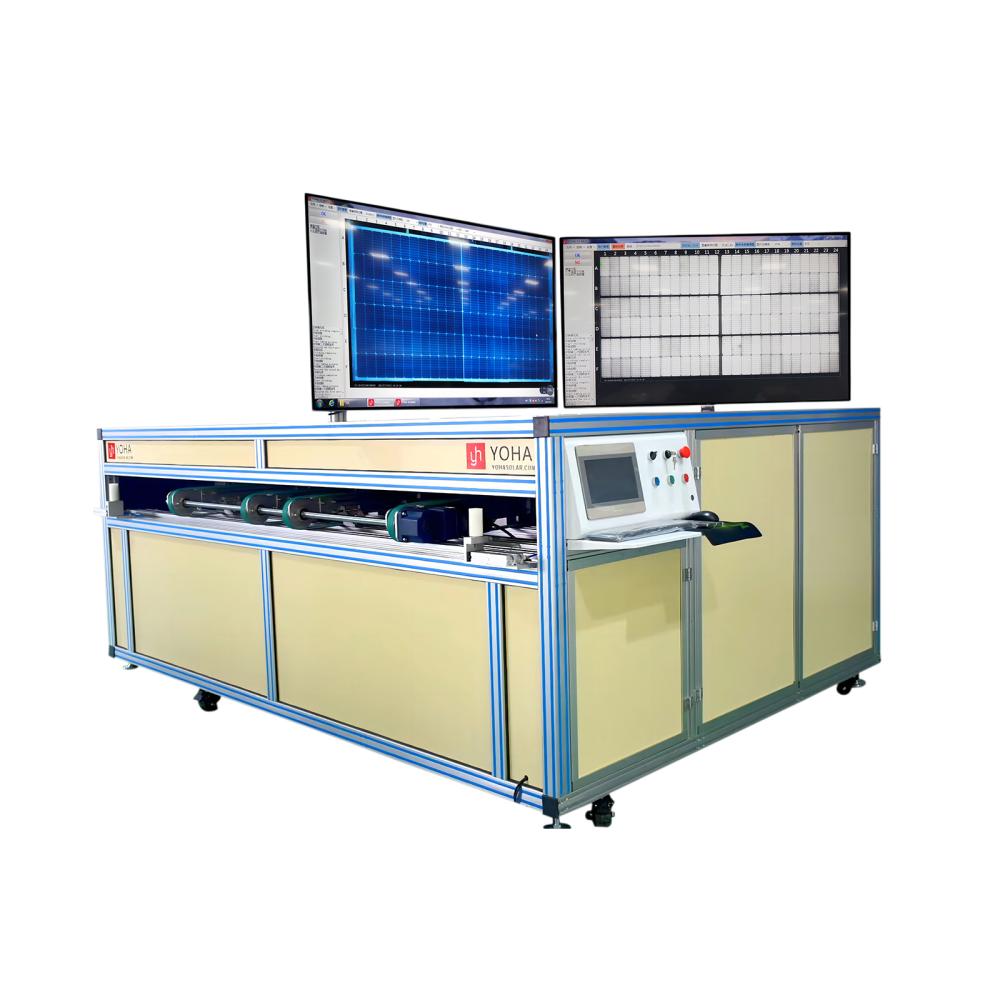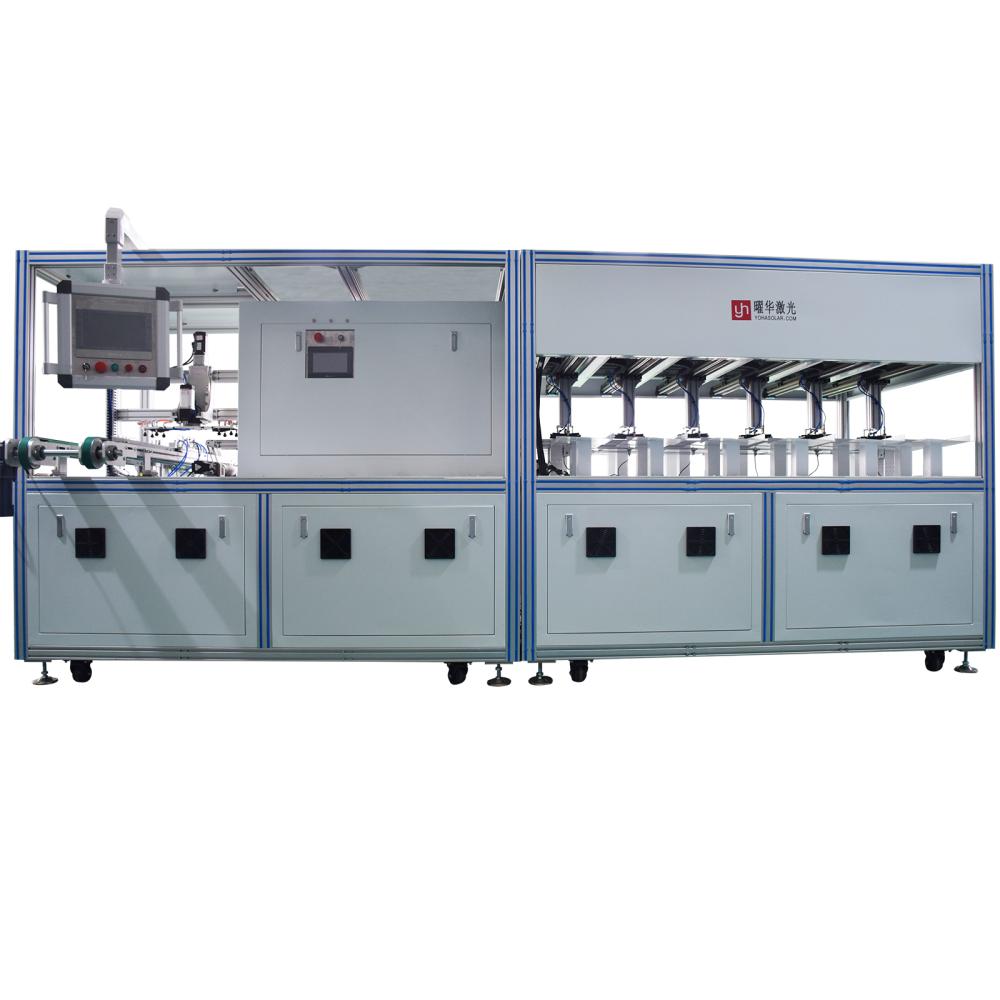Welcome to Wuhan Yoha Solar Technology Co., Ltd!
common problem
Site Map
Language:
 Chinese
Chinese
 English
English
Welcome to Wuhan Yoha Solar Technology Co., Ltd!
common problem
Site Map
Language:
 Chinese
Chinese
 English
English
The EL detection of photovoltaic modules has been applied in the production process of photovoltaic modules, providing reliable guarantees for product output and quality. As a photovoltaic equipment manufacturer, Yaohua Laser provides professional and stable photovoltaic module production solutions for enterprises.
Does the enterprise have the following issues in production
1. It is difficult to match the production efficiency of enterprises with market demand: the photovoltaic market continues to release production capacity, and photovoltaic enterprises with different automation levels need higher and stable output. Some processes still rely on manual operation and quality inspection, making it difficult to significantly improve production efficiency.
2. High cost and low efficiency of manual quality inspection: The quality competition in the photovoltaic industry lies in the yield rate of products, the photoelectric conversion rate of batteries, and the service life. However, more than ten types of defects such as hidden cracks, black spots, short circuits, bright spots, grid breaks, false soldering, over soldering, and mixed grades of battery cells rely on manual visual inspection to reduce efficiency, increase production costs, and affect the yield rate of products.
Yoha Photovoltaic Module Automatic EL Appearance Defect Detector
EL testing: Apply reverse voltage to the component using EL testing (electroluminescence). By taking pictures of the component with a customized camera, various defects such as hidden cracks, black spots, short circuits, bright spots, and broken grids can be seen.
Appearance inspection: used to check whether there are surface defects in the components. By taking pictures of the components with a customized camera, defects such as fragments, foreign objects, cracks, bubbles, scratches, etc. can be seen.

The Yoha Photovoltaic Module Automatic EL Appearance Defect Detector adopts multi camera high-definition photography to ensure imaging effect, can be embedded in the production line, automatically scan barcodes, and can be traced and queried at any time. Photovoltaic modules can be roughly divided into two categories based on different manufacturing raw materials: crystalline silicon modules and thin film modules, consisting of eight core components: battery cells, solder strips (divided into busbar and interconnection strips), tempered glass, EVA, backplane, aluminum alloy, silicone, and junction box. The production process generally includes 7 steps: string welding, lamination, lamination, framing, curing, junction box installation, and testing. Yaohua Laser provides a one-stop solution for photovoltaic module production, photovoltaic module packaging production line, and turnkey engineering.

Photovoltaic modules are composed of 60 or 72 battery cells, which are connected in series to obtain high voltage and then connected in parallel to obtain high current. So the detection of battery cells is also crucial. Yoha Battery Chip Automatic Sorting IV+EL Integrated Machine
Sorting of battery cells IV: Classify the battery cells according to their conversion efficiency to ensure the yield of the components.
EL detection of battery cells: By taking pictures of battery cells with customized cameras, various defects such as hidden cracks, black spots, short circuits, bright spots, and broken grids can be seen, improving production efficiency and reducing production costs.
Appearance inspection of battery cells: It can detect surface defects of battery cells and classify them based on their color.
Without a doubt, intelligence is the development direction of manufacturing automation. It is imperative to widely apply artificial intelligence technology to optimize the process and improve production scheduling in various stages of photovoltaic module production and manufacturing.
keywords:TOP
18086473422
MESSAGE
